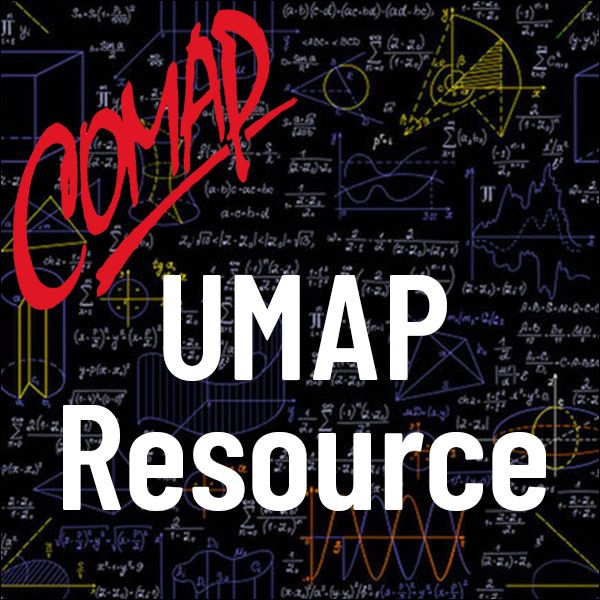Fair Allocation
Author: Joseph Malkevitch
Introduction
The general public, students in public school mathematics classes, future teachers, and even mathematics majors are typically not aware that many mathematics researchers have done and are still doing research about applying mathematics to fairness situations. Such situations include fair ways to
• assign to states the number of seats in the U.S. House of Representatives,
• chose a winner in an election based on the ballots cast by voters, and
• assign students to schools based on their preferences, as well as many other fairness situations.
I survey some work on using mathematics to carry out a fair allocation. Rather than a very formal treatment, I use examples and contexts to try to get the ideas across. You can explore for yourself other contexts where this approach might apply and consider ways to extend these ideas to related questions that have not yet been explored or solved.
Room Assignment Example
Students to attend a mathematics camp are to be assigned individual rooms at the college where the camp is held. The rooms differ in terms of sizes, the floors that they are located on, and the views available from the rooms. How can the students be assigned rooms in a fair way? What goals might one want to achieve with the way that the rooms are allocated?
There are many other contexts in which we have n “winners” (claimants), each of whom is to be assigned a “prize,” and we would like to match or allocate the prizes to the winners in some fair manner.
Book Awards Example
Another example (one with a mathematics setting) is that each of the 23 participants in a mathematics contest is to be awarded one of 23 different mathematics books by the sponsor of the contest. How can the “prize” books be assigned to the contestants fairly?

Mathematics Topics:
Application Areas:
You must have a Full Membership to download this resource.
If you're already a member, login here.